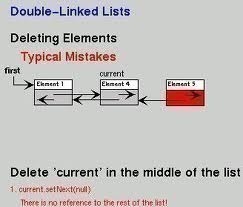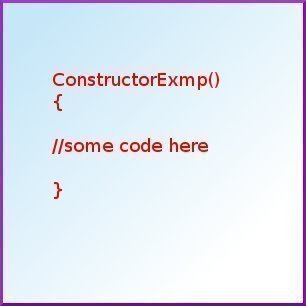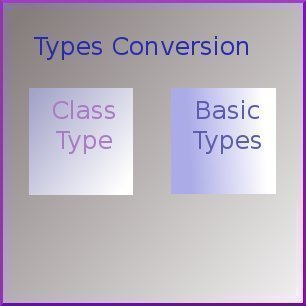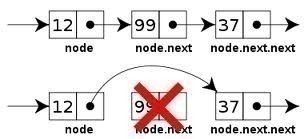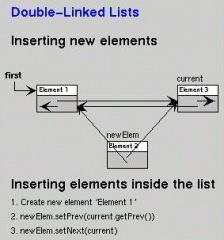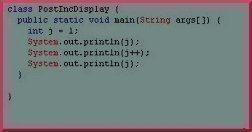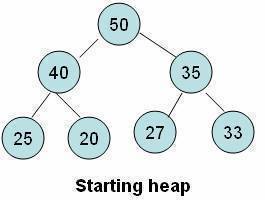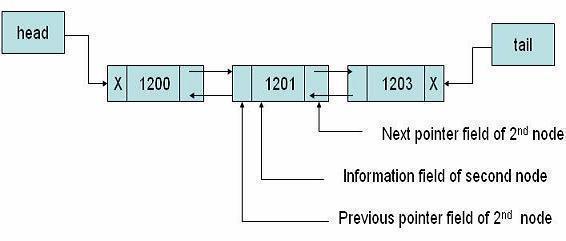Address Calculation Sort
In this method, a function fn() is applied to each key. The result of this function determines into which of the several sub-files the record is to be placed. The function should have the property that x <= y, fn (x) <= fn (y). Such a function is called order preserving. Thus all of the …

